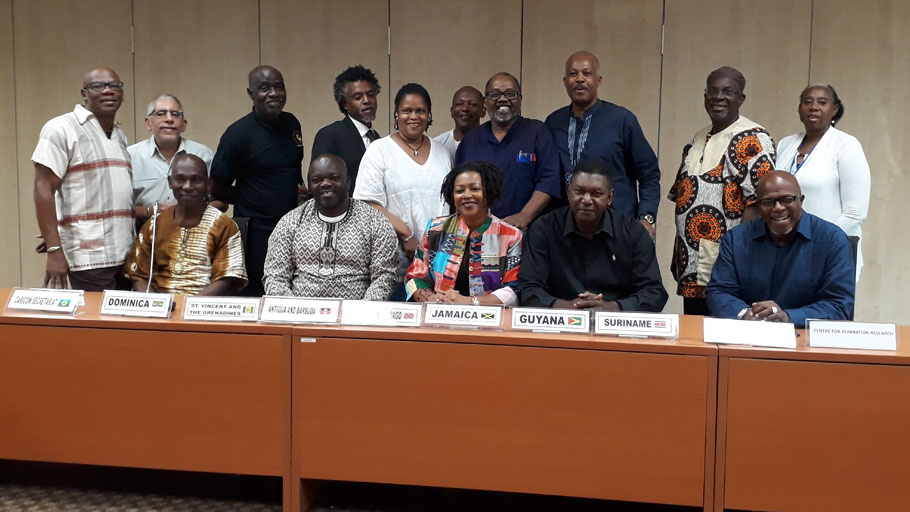
Members of the CARICOM Reparations Commission (CRC) representing national reparations committees and councils from across the region met recently at the Regional HQ of the University of the West Indies…
Here you will find reparation news, articles and media posts

Members of the CARICOM Reparations Commission (CRC) representing national reparations committees and councils from across the region met recently at the Regional HQ of the University of the West Indies…

By Christian Høgsbjerg, The Socialist Worker — April 2016 marks the centenary of the Easter Rising in Dublin, a heroic uprising against the British Empire in its oldest colonial territory. But this month also marks the bicentenary of an earlier and less well known heroic “Easter rising” against the brutality of imperial domination in another longstanding British colony. This took place in Barbados in 1816, where it has come to…
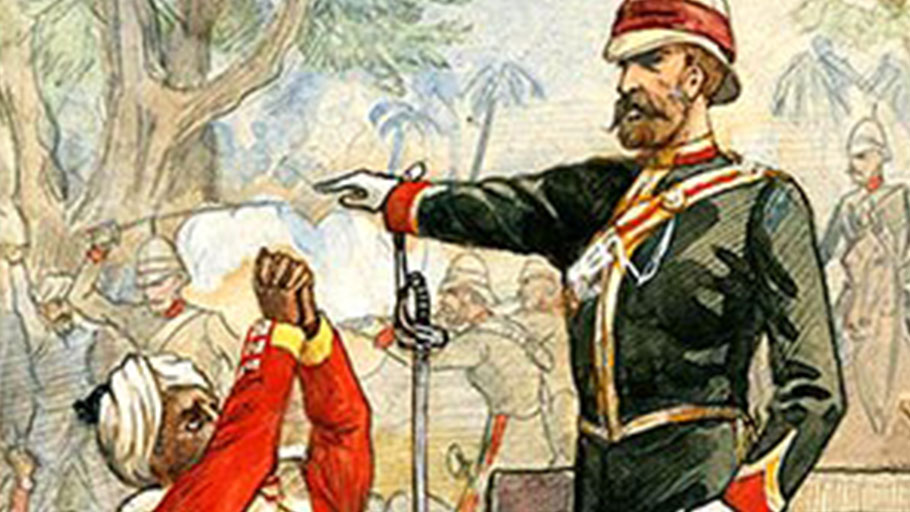
In a desperate bid to head off a Scottish Yes vote, David Cameron evoked a mythical British Empire that had given democracy to the poor and freedom to the slaves. Here Ken Olende looks back at what life was really like when Britannia ruled the waves. By The Socialist Worker — The British Empire was the largest ever known. It covered a quarter of the world’s land mass and ruled…
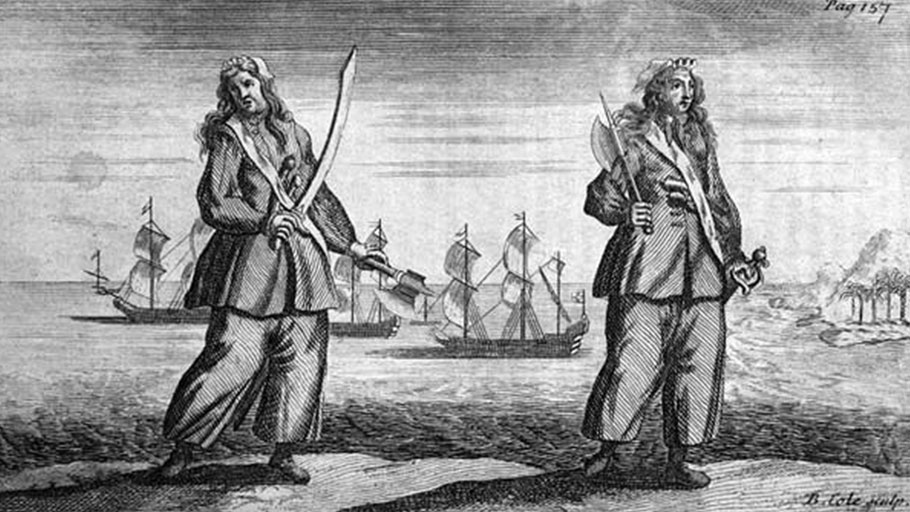
Historian Marcus Rediker spoke to Ken Olende about the struggles that took place aboard the ships of early capitalism. By The Socialist Worker — The first strike wasn’t in a factory or an office. It wasn’t even on land. US historian Marcus Rediker explains how sailors in England fought against a wage cut in 1768. “They went from ship to ship and took down the sails. That’s called striking the sails….

The Amistad Rebellion tells the story of a group of slaves who rose up. Ken Olende looks at a revolt that caught the imagination of poor people everywhere—and showed slaves could win By The Socialist Worker — In July 1839 the Amistad set sail from Havana in Cuba. It was carrying 49 men and four young children, slaves recently bought in West Africa. After four days at sea the slaves…
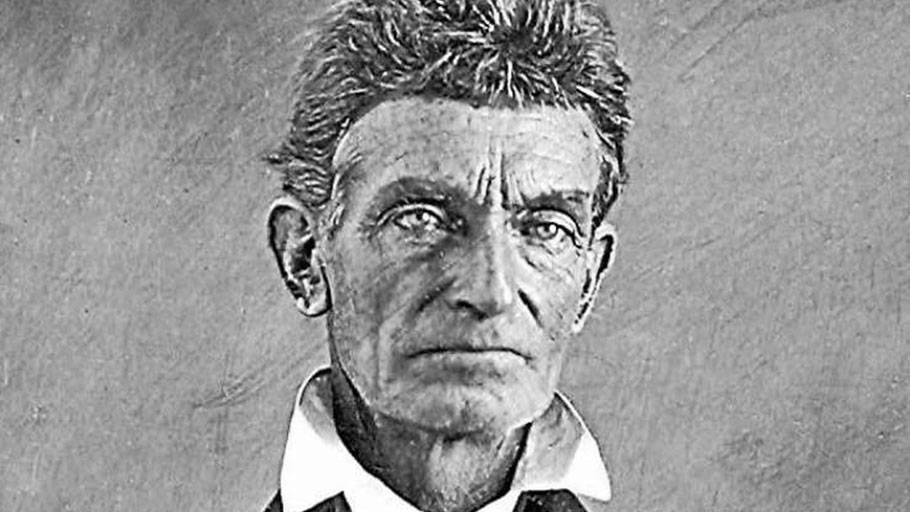
Image: John Brown in about 1856 By The Socialist Worker — “John Brown’s body lies a-mouldrin’in the grave, John Brown’s body lies a-mouldrin’in the grave, John Brown’s body lies a-mouldrin’in…

By Yuri Prasad, Socialist Worker — Africans resisted slavery at every point. There were rebellions on board the ships that carried them across the oceans, which often resulted in the cruelest retaliation. But it was on the plantations that the most serious challenges to the slave economy took place. The most important of these revolts occurred on 14 August 1791 in Saint Domingue, the French colony that would become Haiti….

By Antony Hamilton — People across the political spectrum acknowledge that racism exists, but its origins are shrouded in mystery—deliberately so. Racism is presented as if it has always existed, and…
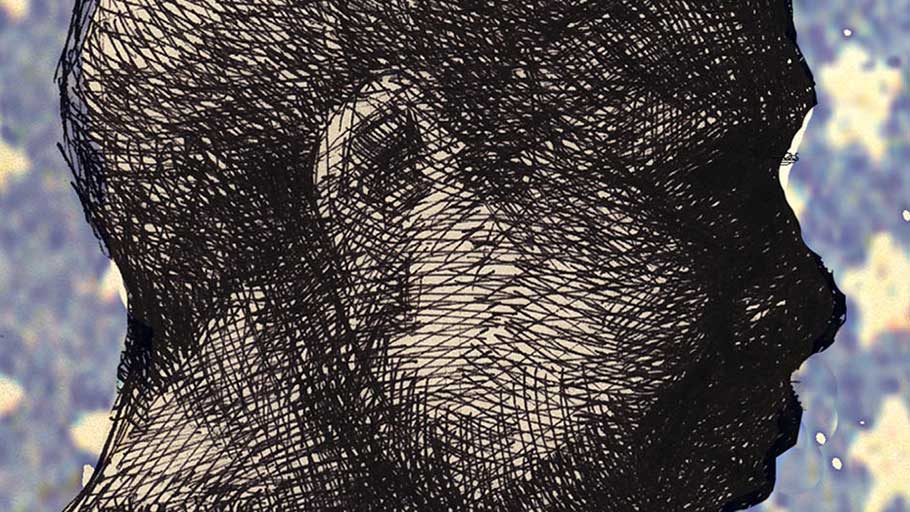
We must make reparations to the African-American community. By Ruth A. Zlotnick, Seattle Times — The Jewish community has just emerged from our holiest days, when we celebrate the New Year and make teshuvah, or atonement, for the wrongdoings of our past. I believe as a nation, the United States also must make teshuvah, atoning for our legacy of slavery by making reparations to African Americans. I came to this…
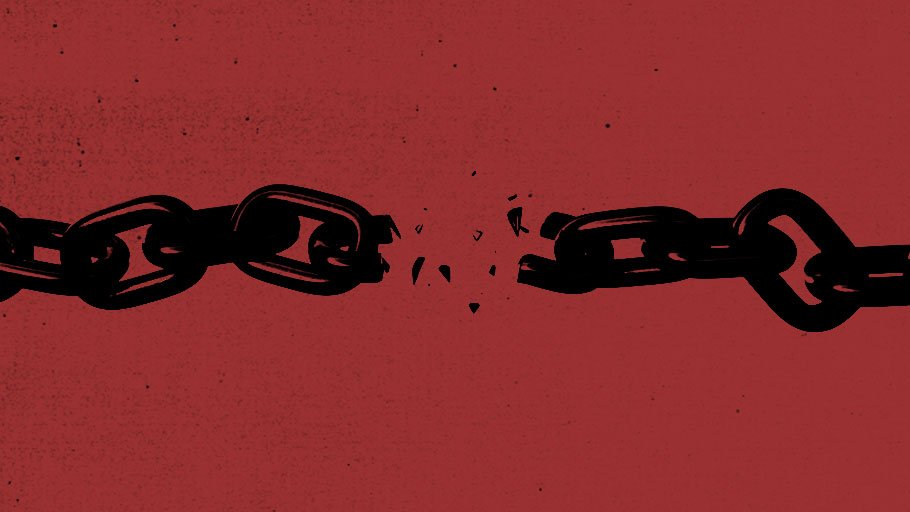
By The Jamaica Observer — The African Caribbean Institute of Jamaica/Jamaica Memory Bank (ACIJ/JMB), in collaboration with the National Council on Reparation will be staging a debate competition under the theme ‘From Enslavement to Reparation’, as part of its year-long series of activities on reparation. The competition, which kicks off this Tuesday, October 2 at 10:00 am at the Institute of Jamaica lecture hall, 10 – 16 East Street, Kingston,…
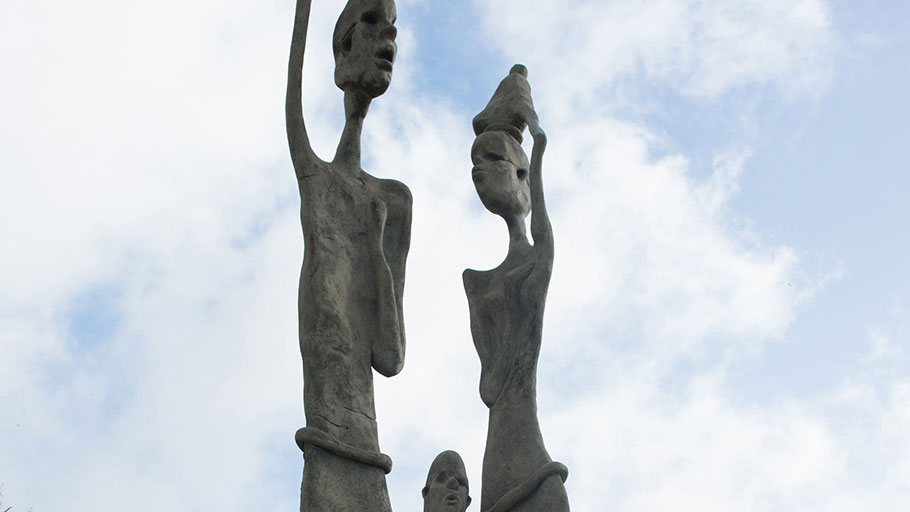
There are important monuments, plaques and sites on the island. It requires effort to see many of them. Will that change? By Jon Hurdle, The New York Times — A slender bronze sculpture representing an African couple and their child dominates a modest concrete plaza above a colorful jumble of houses in Rock Hall Freedom Village, Barbados, about a half-hour’s drive north of the island’s capital, Bridgetown. A few feet away, a granite…

University received ‘significant financial support’ from slavery in 18th and 19th centuries. By Martin Belam, The Guardian — Glasgow University has announced a programme of “reparative justice” after a year-long study discovered that the university benefited from the equivalent of tens of millions of pounds donated from the profits of slavery. The report states that although the university itself “adopted a clear anti-slavery position”, during the 18th and 19th centuries…